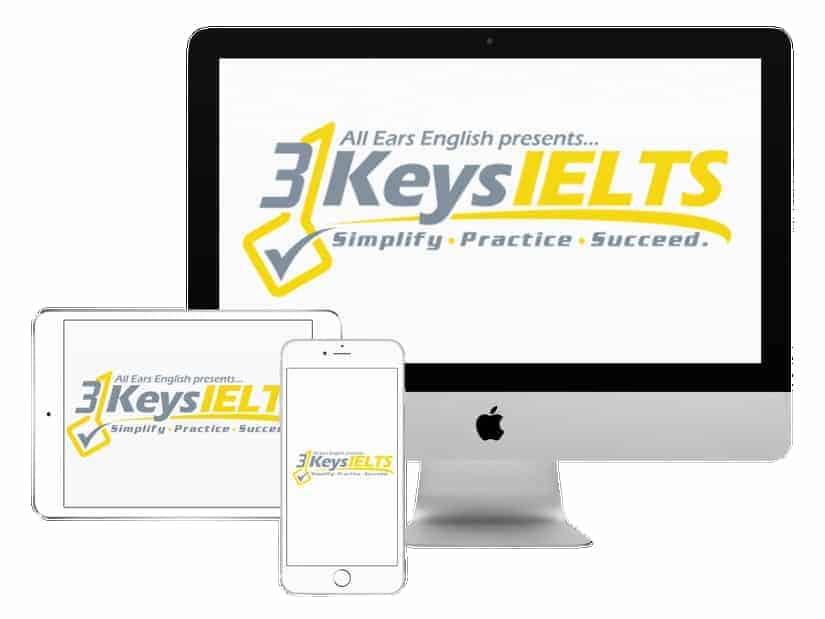When it comes to verb tense on IELTS, you don’t have a choice.
You don’t get extra grammar points for using fancy verb tenses just because they are complicated.
Your scores are determined by whether you are using the correct verb tense.
Today we’ll break down the most common verb tenses for IELTS: Past Simple, Present Simple and Past Perfect.
We provide detailed descriptions and example sentences, so you can be certain you are using these tenses correctly!
What is the difference between Past Simple and Present Simple?
Ask yourself these questions:
- Is what I’m describing only true in the past?
- Is it finished?
- Does this not happen anymore?
If the answer is yes, you will use Past Simple.
If you’re describing a general trend, such as an advantage that is true yesterday, today and tomorrow you will use Present Simple.
When do we use the Present Simple verb tense on IELTS?
When you go into details, you will use Present Simple.
- When describing habits
- Providing details about things that are generally true
- Describing pictures, snapshots, bar charts and tables when no date is provided
- Writing about advantages and disadvantages
How to Use Present Simple on the Speaking exam
Any time you speak about the present and provide details about things that are generally true, use Present Simple.
Example: In Speaking Part 1, you are asked, “How often do you exercise?”
Sample Answer: I usually work out 3-4 times per weeks. I often run with my dogs, but I try to play sports when possible.
Using Present Simple on the Writing exam
You will often use this tense on Academic Writing Task 1.
Use Present Simple to describe graphs, bar charts and tables where no date is provided and the information is generally always true.
Example: A table describes TV watching statistics for different months, but does not provide a year for the information.
Sample Answer: The number of viewers rises in February.
For a table such as this, the information is generally true; for every year, this is usually what happens.
Task 2 Writing tasks will also often require Present Simple.
Example: What are the advantages of studying abroad?
Sample Answer: People learn about culture from the inside.
In this sentence, you’re using Present Simple to talk about the general advantages of studying abroad.
Strategies Created by a Former IELTS Examiner

100% Score Increase Guarantee with our Insider Method
Are you ready to move past IELTS and move forward with your life vision?
Find out why our strategies are the most powerful in the IELTS world.
When you use our Insider Method you avoid the BIGGEST MISTAKES that most students make on IELTS.
Click here to get a score increase on IELTS. It’s 100% guaranteed.
When do we use the Present Perfect verb tense on IELTS?
Use this tense to introduce a topic.
Pay attention to the verb tense in the question!
If the question is in Present Perfect, you will use this tense to begin your answer.
For more details on how to use Present Perfect, check out this All Ears English episode!
When to use Present Perfect on the Speaking exam
You will often use this tense in your first sentence when you begin Speaking Part 2.
Example: Describe a book you’ve read that you’d want to read again.
Notice that the question is using Present Perfect – “have read”.
You will want to match that tense and begin your answer with Present Perfect!
Sample Answer: I have read Ender’s Game 20 times!
Once you get into details, you will use Present Simple or Past Simple.
Present Perfect on the IELTS Writing exam
On Writing Task 2, Present Perfect often comes into play.
Example: Should wealthy countries help poorer countries?
Sample Answer: Take Haiti, for instance. This nation has suffered from a multitude of natural disasters in recent years.
In this way, use Present Perfect to introduce the topic, and then use Present Simple or Past Simple when you go into details.
Takeaway
The ultimate thing to remember is that you can’t choose to be complicated and fancy.
When it comes to verb tense, your grammar score depends on you being correct.
These verb tense descriptions and example sentences can help you build confidence that you are using these tenses accurately.
If you aren’t sure you’re using one of these tenses correctly, post a sentence on the 3 Keys IELTS Facebook page for us to check!
And if you’re not a part of our Facebook community yet, join the 3 Keys IELTS Success System today so you can be!
What questions do you have from today’s episode?
Please leave a comment below.








